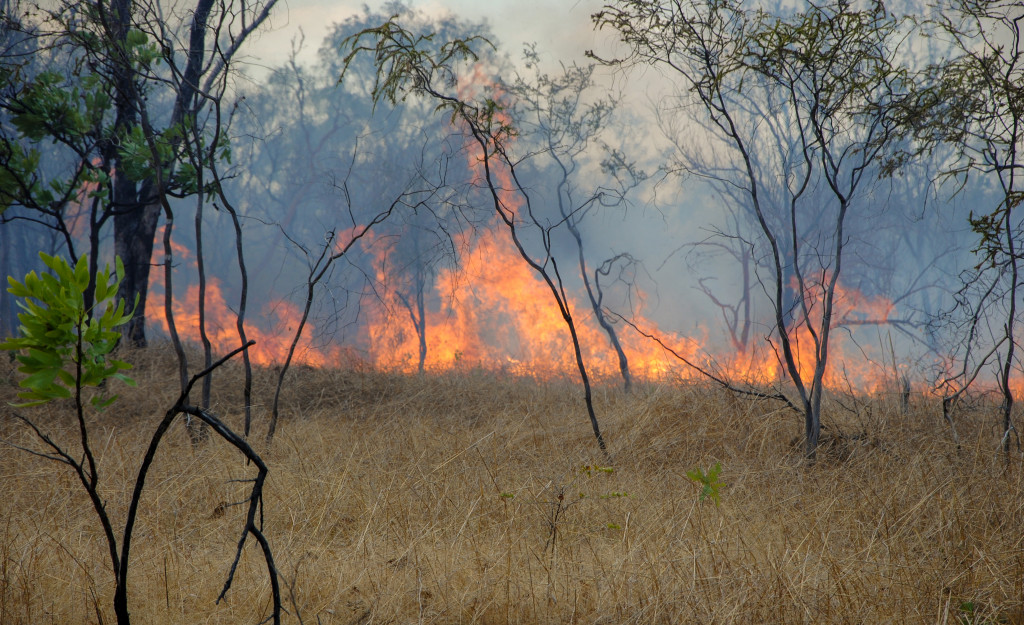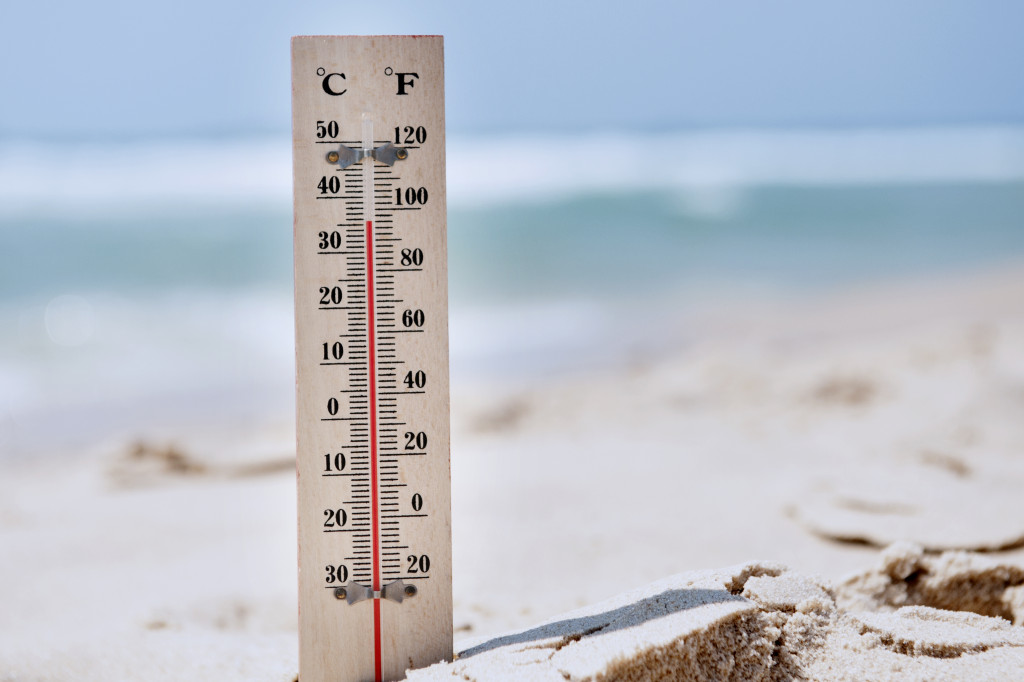This is a dangerous summer. Families must keep themselves well-informed of weather advisories. They must also take concrete steps to protect themselves from extreme heat in their homes.
The New York Times reports that in June, 116 people died in Oregon, and 78 people died in Washington from heat-related illnesses. According to a report from Climate.gov, it was the hottest recorded June in North America brought about by a dome of hot air over the western United States. The highest temperature was 128 degrees on June 17 in Death Valley. Next was 118 degrees also on June 17 in Phoenix, Arizona.
The area, however, had six successive days of 115 degrees before that. The temperature in Billings, Montana, reached 108 degrees. It was 107 degrees on June 15 in Salt Lake City, Utah, and from June 13-19, the average was 100 degrees. Twenty percent of the country is in either extreme or exceptional drought, and these areas were also within the scope of the heatwave.
Heat Continues This Month
There is no respite from the heat in July as a heat dome once again formed above Southern California and the Desert Southwest. The Los Angeles Times reports that as of the afternoon of June 9, Death Valley already reached 130 degrees Fahrenheit. This ties with the temperature in the area in August 2020 and is the highest recorded temperature on earth.
On July 10, according to the National Weather Service, Palm Springs was at 120 degrees, Borrego at 118 degrees, Redding and Paso Robles Airport at 114 degrees, Lancaster Airport at 113 degrees, Palmdale Regional Airport at 112 degrees, and downtown Sacramento at 111 degrees. Lancaster and Paso Robles broke their 1961 temperature record, and Palmdale broke its 2003 record. Other areas expected to hit or breach 100 degrees Fahrenheit are Las Vegas, Phoenix, Palm Springs, Fresno, Elko, Medford, Albuquerque, Spokane, and Provo.
Preparations for Power Outages and Wildfires
California energy officials declared a Flex Alert, which means residents must conserve power and set air-conditioner thermostats to 78 degrees or higher, especially at night when it is cooler. California Governor Gavin Newsom signed an order on July 10 to free up power capacity and relieve pressure on the power grid by using auxiliary ship engines. This was because a wildfire in Oregon was threatening electrical transmission lines to California. Yahoo! News reported on June 11 that the government called for evacuations due to wildfires in Oregon and the north of Nevada, near the California border.

The National Weather Service issued an advisory to the public to stay in air-conditioned buildings and drink plenty of water. California residents can seek cooling centers set up across the state by the Office of Emergency Services for those who have no air-conditioning in their homes.
The California government has firefighters, and fire trucks positioned pre-emptively where there are high risks of wildfires and bush fires. It has been on fire weather watch since July 8.
Home Preparations Against Extreme Heat
Families must also take preemptive measures to minimize heat in the home. The roof is the major source of heat absorption, and it must be painted with a special white coating that repels infrared light. Installing an attic exhaust fan will also extract hot air that rises inside the house and releases this outside.
Windowpanes can be coated with special stick-on films that repel heat without totally obstructing the view. Adding awnings will also help minimize the amount of sunlight reaching the windows. Inside, hang light-colored drapes to keep out the heat.
A house needs to have an air conditioner. Families who cannot afford it can seek government grants because air-conditioners are lifesavers in extreme weather. Electric fans are not adequate for extreme temperatures. According to the Red Cross, using an electric fan when the temperature is at 95 degrees Fahrenheit or more is dangerous because it will cause the body to build up heat.
There are no grants to build a swimming pool, but this is useful for a family, especially in the event of power outages in times of extreme heat. A family can build a pool by themselves, just big enough for all of them. Adding a canopy over the pool will make it even more cooling. Make sure to comply with the requirements of the Building Officials and Code Administrators International (BOCA) and put up aluminum pool fencing with the specified measurements.
Despite the hot weather, the family can still have fun in the pool. There are various water games to play that also double as exercise without harmful sweating in the heat. Make sure everyone takes a drink of cool water now and then to prevent dehydration.




